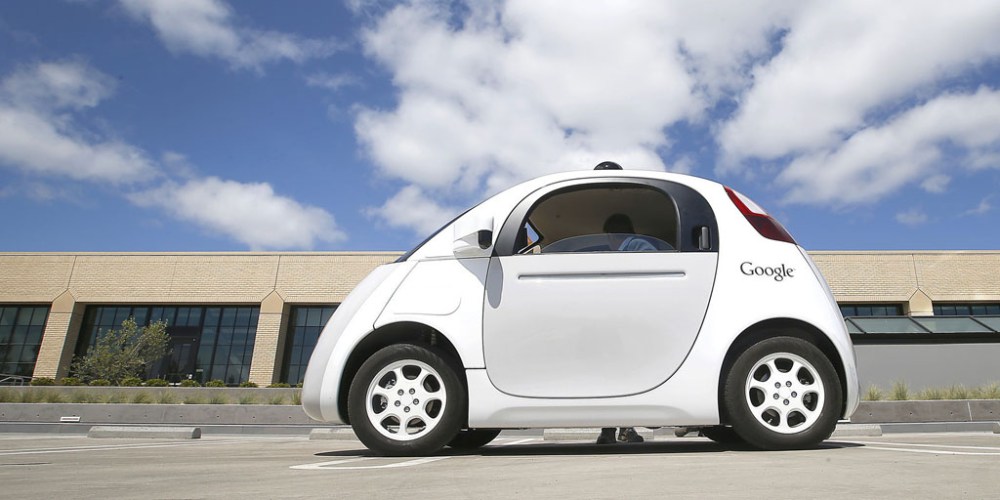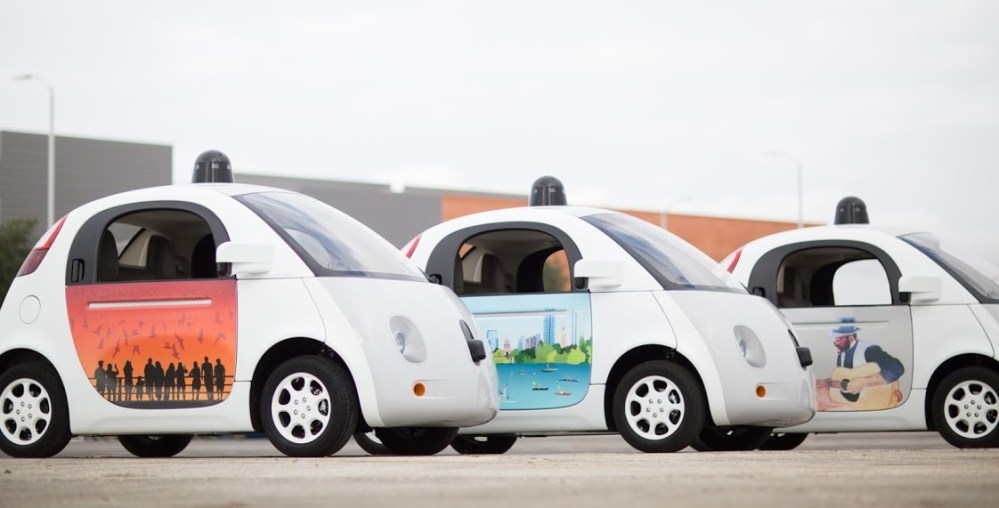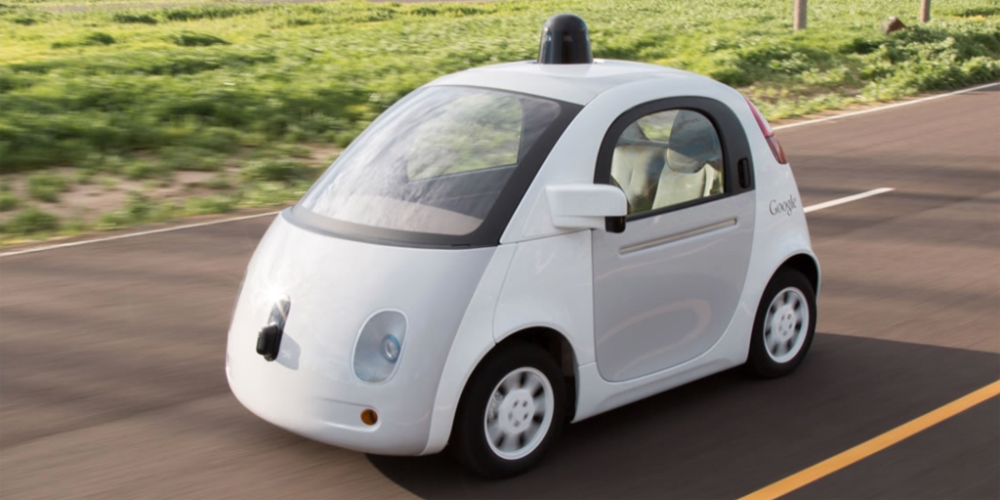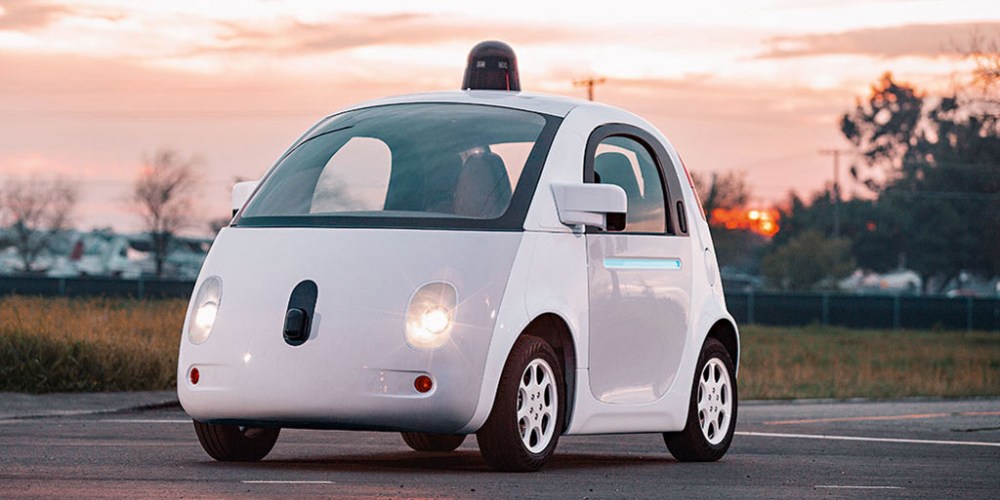
Google publishes a report for its self-driving car project once a month, and today — appropriately — the company published the report for November. Today’s report is notably unexciting, but it does mean the end of a two-month streak of the cars being accident-free. That said, the accident that Google details in this report is barely an accident…
Once again, Google wasn’t at fault in yet another fender-bender:
A vehicle approaching from behind came to a stop and then rolled forward and collided with the rear bumper of the Google AV. The approximate speed of the other vehicle at the time of impact was 4 MPH. The speed of the Google AV at the time of impact was below 1 MPH.
Other than this minor accident, which bumps the total number of accidents the cars have been involved in to 17, there’s not much new here. The cars have now driven a total of 1,320,755 autonomous miles, and 955,771 manual miles. The total number of Lexus cars on the road is the same, but there are now 30 prototypes out and about.
You can read the full report for yourself at Google’s website.








